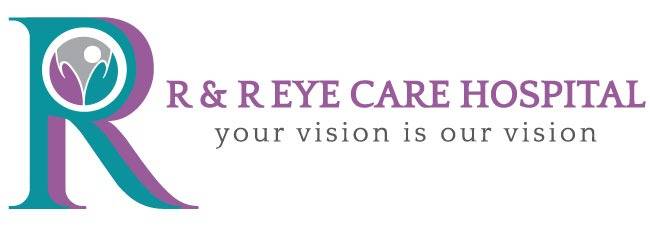LASIK (Laser-Assisted In Situ Keratomileusis) surgery has revolutionized vision correction, offering a safe and effective solution for individuals with refractive errors. This blog explores how LASIK corrects vision, who the ideal candidates are, and what to expect during recovery.
How LASIK Surgery Corrects Vision LASIK surgery reshapes the cornea, the eye’s clear front surface, to improve how light is focused on the retina. The procedure involves three key steps:
- Creating a Corneal Flap: A precise flap is created on the cornea’s surface using a microkeratome or femtosecond laser.
- Reshaping the Cornea: An excimer laser is used to reshape the corneal tissue beneath the flap. This laser removes microscopic amounts of tissue to correct the specific refractive error.
- Repositioning the Flap: The corneal flap is repositioned, acting as a natural bandage to protect the reshaped cornea as it heals.
Ideal Candidates for LASIK While LASIK is suitable for many individuals, ideal candidates typically have the following characteristics:
- Stable Vision: Candidates should have had a stable prescription for at least a year.
- Age Requirement: Most candidates are over 18, as vision can continue to change during adolescence.
- Healthy Eyes: Conditions like severe dry eye, corneal diseases, or certain eye infections can disqualify a candidate.
- Appropriate Corneal Thickness: Sufficient corneal thickness is necessary for the creation of the corneal flap.
Recovery Process and Expected Outcomes Post-surgery, patients may experience mild discomfort, dryness, and fluctuating vision. Key aspects of the recovery process include:
- Initial Healing: Vision typically stabilizes within a few days to weeks.
- Follow-up Visits: Regular check-ups are crucial to monitor healing and ensure optimal results.
- Long-term Care: Protecting the eyes from trauma and avoiding eye makeup or strenuous activities during the initial healing phase is important.
Conclusion LASIK surgery offers numerous benefits, including improved vision without the need for glasses or contact lenses. By understanding the procedure, candidacy, and recovery process, individuals can make informed decisions about undergoing LASIK surgery.




Leave A Comment